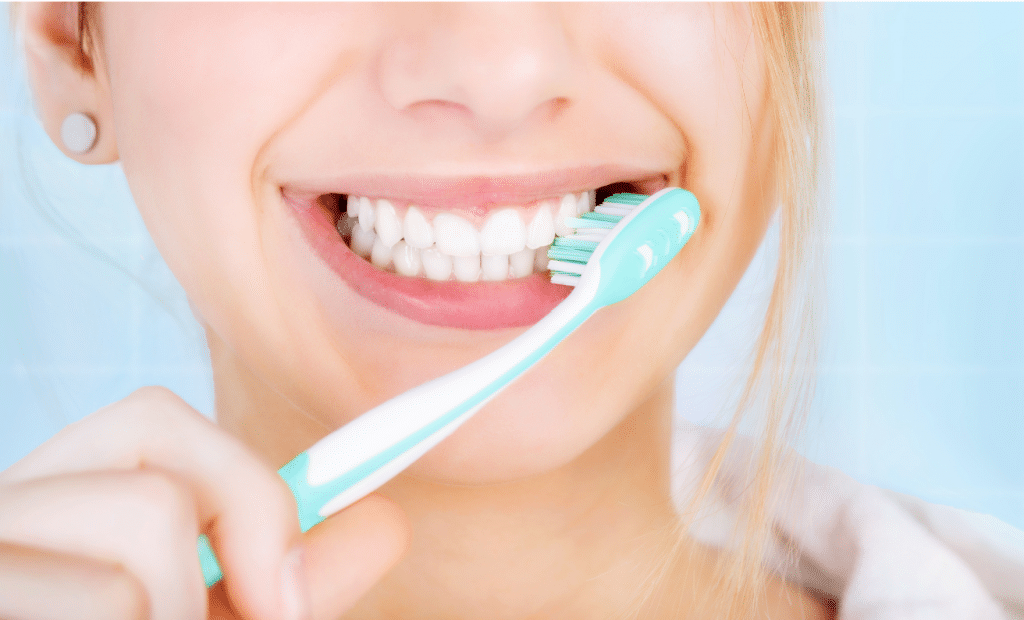Smile Brighter with These Tips for Brushing Your Teeth!
When it comes to personal hygiene, most of us focus on taking a shower, washing our hands, and keeping our hair clean. But how often do we think about our teeth? Brushing your teeth may seem like a mundane task, but it is a crucial part of maintaining good oral hygiene. In fact, poor oral hygiene can lead to a host of health problems, including gum disease, tooth decay, and bad breath. So, let's dive in and explore the importance of brushing teeth and how to do it properly.
Why Brushing Teeth is Important
Brushing your teeth helps to remove plaque, a sticky film of bacteria that forms on teeth and gums. Plaque produces acid that can erode tooth enamel, leading to cavities and decay. Additionally, plaque can cause inflammation of the gums, a condition known as gingivitis, which can progress to periodontitis, a more severe form of gum disease. Left untreated, gum disease can lead to tooth loss and even increase the risk of heart disease and stroke.
How to Brush Teeth Properly
Now that we know why brushing teeth is essential, let's talk about how to do it properly. The American Dental Association (ADA) recommends brushing twice a day for two minutes each time. Here are the steps to follow:
Step 1: Choose the Right Toothbrush
Select a soft-bristled brush that can reach all areas of your mouth comfortably. Toothbrushes with smaller heads are easier to maneuver and can reach the back teeth better.
Step 2: Use the Right Toothpaste
Choose a fluoride toothpaste to help prevent tooth decay. A pea-sized amount of toothpaste is enough for each brushing.
Step 3: Angle the Brush Correctly
Hold the toothbrush at a 45-degree angle to your teeth, pointing the bristles towards your gums.
Step 4: Use Short Back-and-Forth Strokes
Gently brush the outer surfaces, inner surfaces, and chewing surfaces of your teeth using short back-and-forth strokes. Be sure to brush your tongue too, to remove bacteria and freshen breath.
Step 5: Don't Forget to Floss
Floss food particles and plaque between teeth and under the gum line that your toothbrush cannot reach. Use about 18 inches of floss and wrap it around your fingers, gently sliding it up and down between each tooth.
Step 6: Rinse and Spit
After brushing and flossing, rinse your mouth with water and spit it out. Avoid rinsing with mouthwash immediately after brushing as it can wash away the fluoride in your toothpaste.
Additional Tips for Better Oral Health
Brushing your teeth properly is just the first step to maintaining good oral hygiene. Here are some additional tips to keep your teeth and gums healthy:
Eat a Balanced Diet: A diet that is high in sugar and carbohydrates can increase the risk of tooth decay. Choose a well-balanced diet that includes plenty of fruits, vegetables, and lean proteins.
Limit Sugary and Acidic Foods: Sugary and acidic foods can erode tooth enamel, leading to cavities and decay. Limit your intake of sugary and acidic foods and drinks, such as soda, sports drinks, and candy.
Drink Plenty of Water: Water helps to rinse away food particles and bacteria that can lead to plaque buildup. Drinking water with fluoride can also help to strengthen tooth enamel.
Replace Your Toothbrush Regularly: Replace your toothbrush every three to four months or sooner if the bristles are frayed or worn.
Visit Your Dentist Regularly: Regular dental checkups and cleanings can help to prevent dental problems and catch them early when they do occur.
Conclusion
Brushing your teeth may seem like a small and insignificant task, but it plays a critical role in maintaining good oral hygiene. By brushing twice a day for two minutes each time and following the steps outlined above, you can prevent plaque buildup and reduce the risk of tooth decay and gum disease. So, make brushing your teeth a priority, and keep smiling!
Labels: health, Interesting


0 Comments:
Post a Comment
Subscribe to Post Comments [Atom]
<< Home